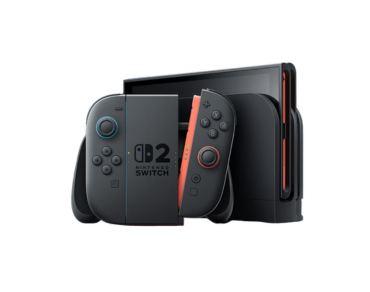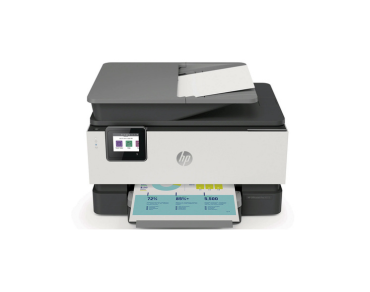QWERTY is a common and most well-known keyboard layout that is something we use every day, but how much do we really know about it? Surprisingly, this familiar layout has a fascinating history and some quirky secrets. Whether you’re a typing enthusiast or just curious, here are 10 fun facts about the Qwerty keyboard that will make you see it in a whole new light.
1. The Qwerty Keyboard Was Designed to Slow You Down
Believe it or not, the Qwerty layout was created to prevent typing speed. In the 1860s, Christopher Sholes designed it to reduce jamming on mechanical typewriters. By placing commonly used letter pairs apart, typists had to slow down, ensuring smoother operation. Additionally, this layout became the standard we still use today.
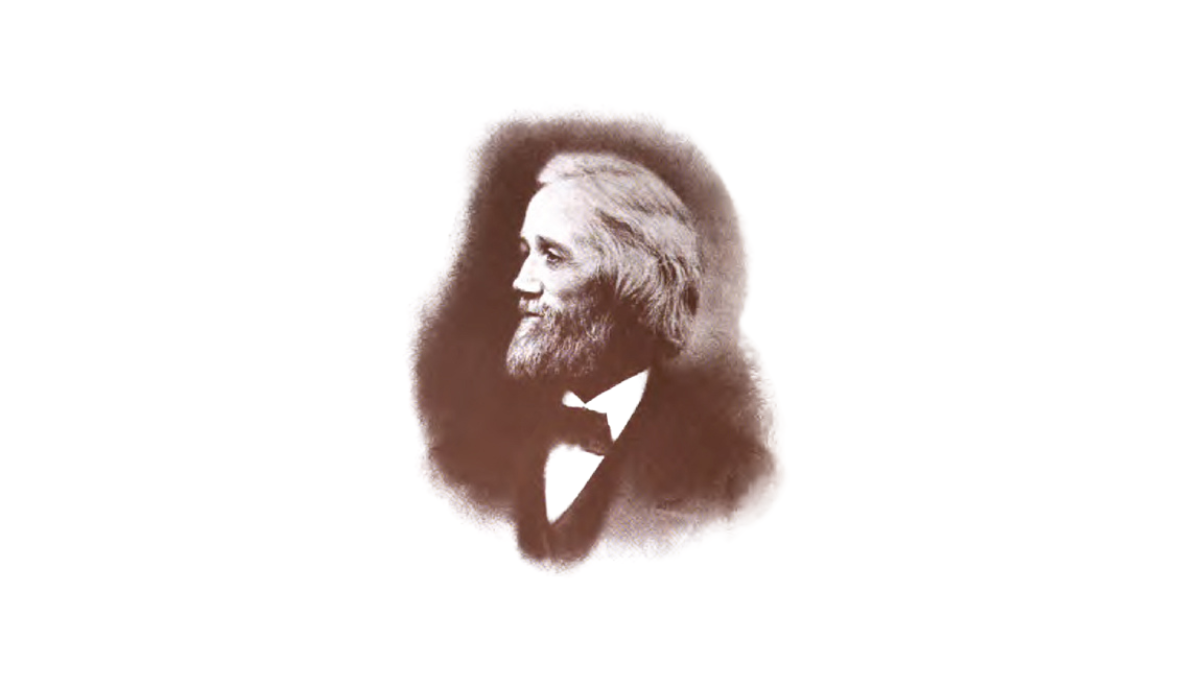
2. It’s Named After the First Six Letters
The name “Qwerty” comes from the first six letters on the top row of the keyboard: Q-W-E-R-T-Y. This simple naming convention makes it easy to remember, but it also highlights how unique the layout is compared to alphabetical arrangements.
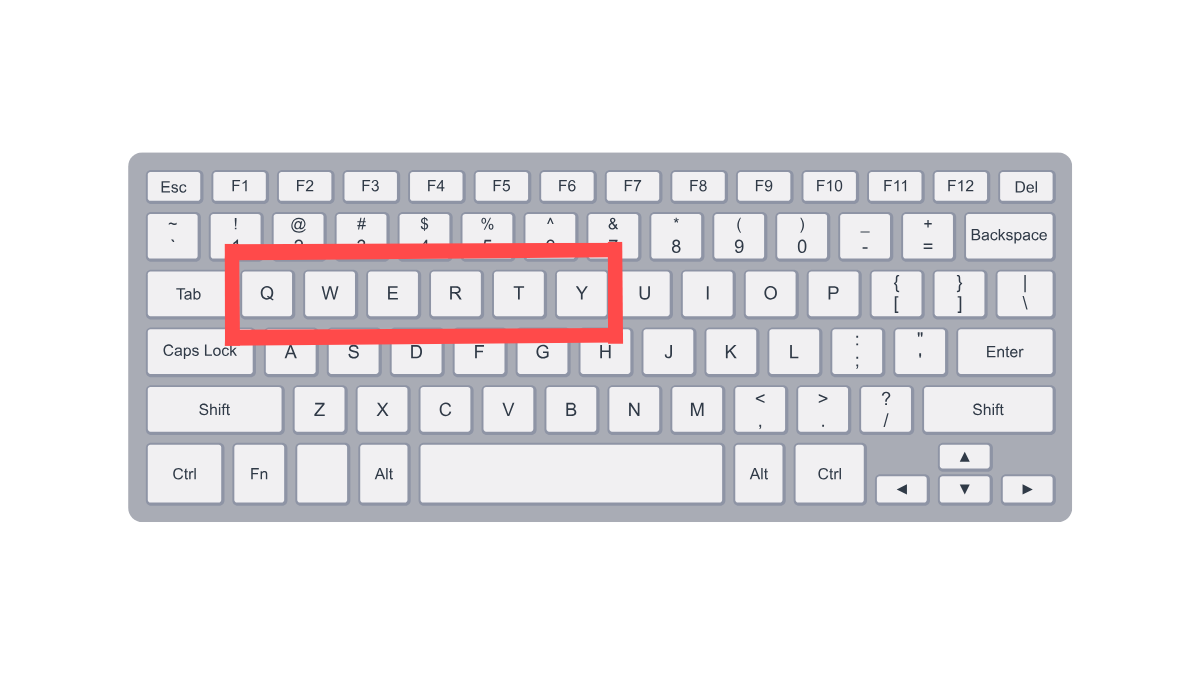
3. The Qwerty Layout Isn’t the Most Efficient
Despite its popularity, the Qwerty keyboard isn’t the most efficient layout for typing. Alternatives like the Dvorak keyboard were designed to increase speed and reduce finger movement. However, Qwerty’s early adoption and widespread use have made it the default choice worldwide.
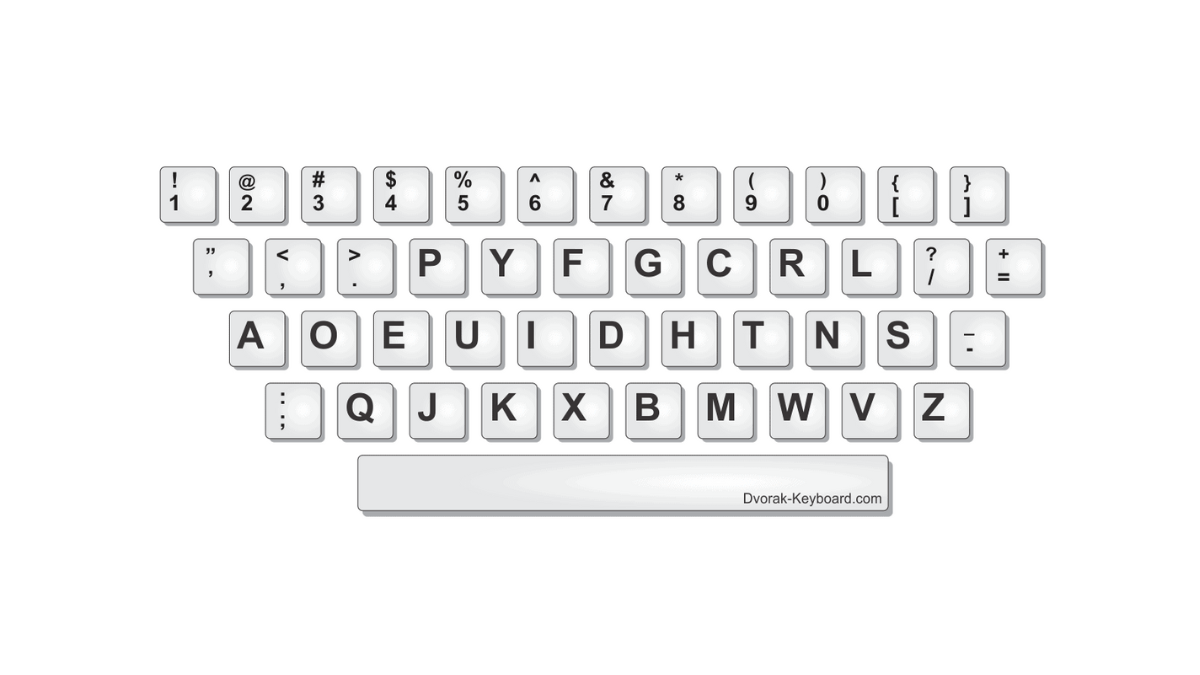
4. It Wasn’t the First Keyboard Layout
Before Qwerty, there were other keyboard layouts, including alphabetical arrangements. However, these early designs often caused mechanical issues. The Qwerty keyboard solved these problems, which is why it quickly gained popularity.
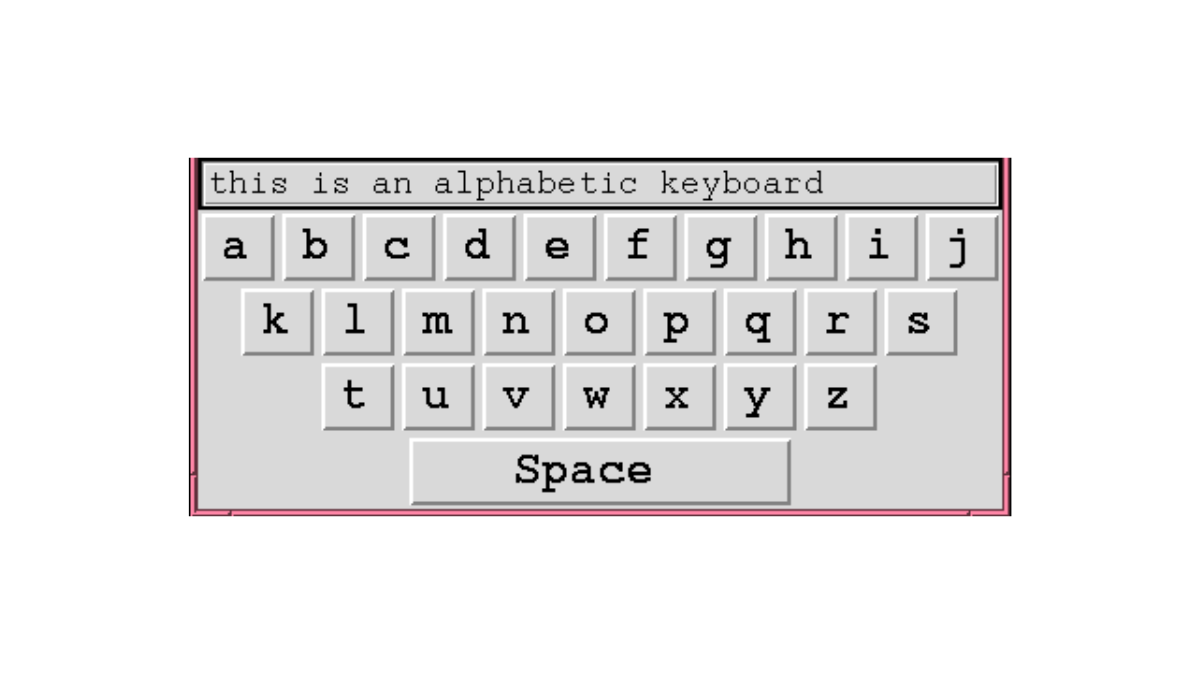
5. The Longest Word You Can Type on the Top Row Is “Typewriter”
Here’s a fun typing challenge: the word “typewriter” is the longest English word you can type using only the top row of a Qwerty keyboard. This quirky fact is a favorite among typists and trivia lovers alike.
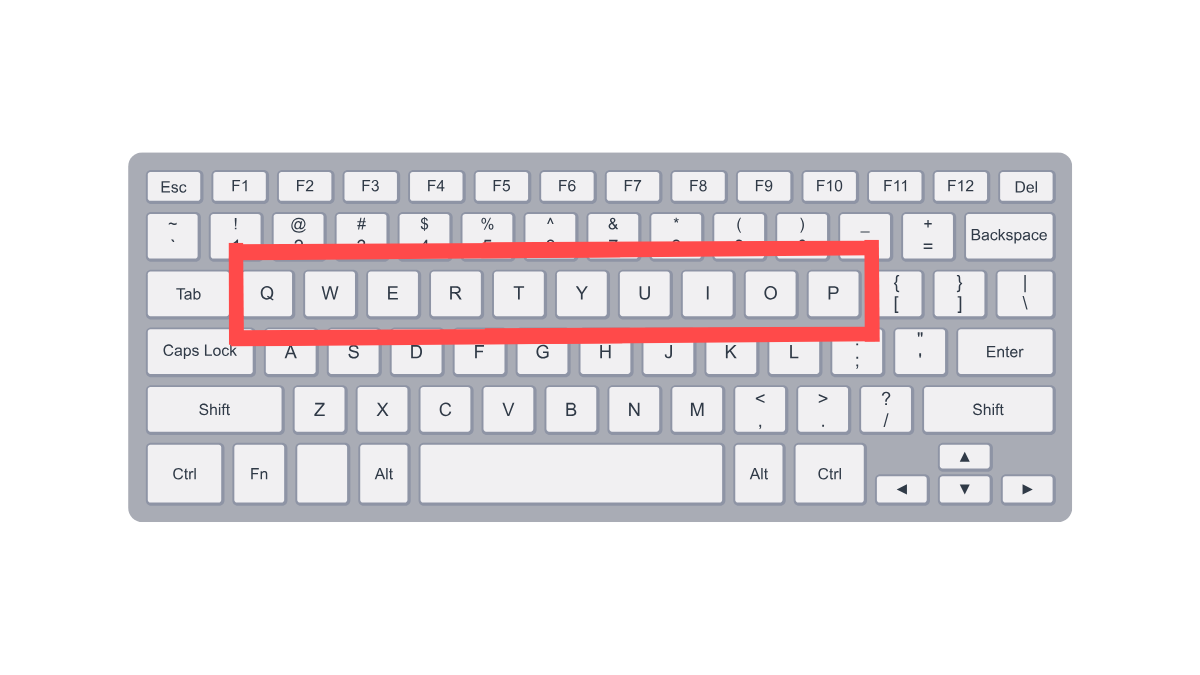
6. Qwerty Keyboards Have Gone to Space
Did you know that Qwerty keyboards have been used in space missions? Astronauts rely on them for communication and data entry aboard spacecraft. This shows just how versatile and reliable the Qwerty layout is, even in extreme environments.

7. It’s Used in Over 100 Countries
The Qwerty layout keyboard is a global phenomenon. It’s used in over 100 countries and has been adapted for dozens of languages, including non-Latin scripts like Cyrillic and Arabic. Moreover, its universal design makes it a cornerstone of modern communication.
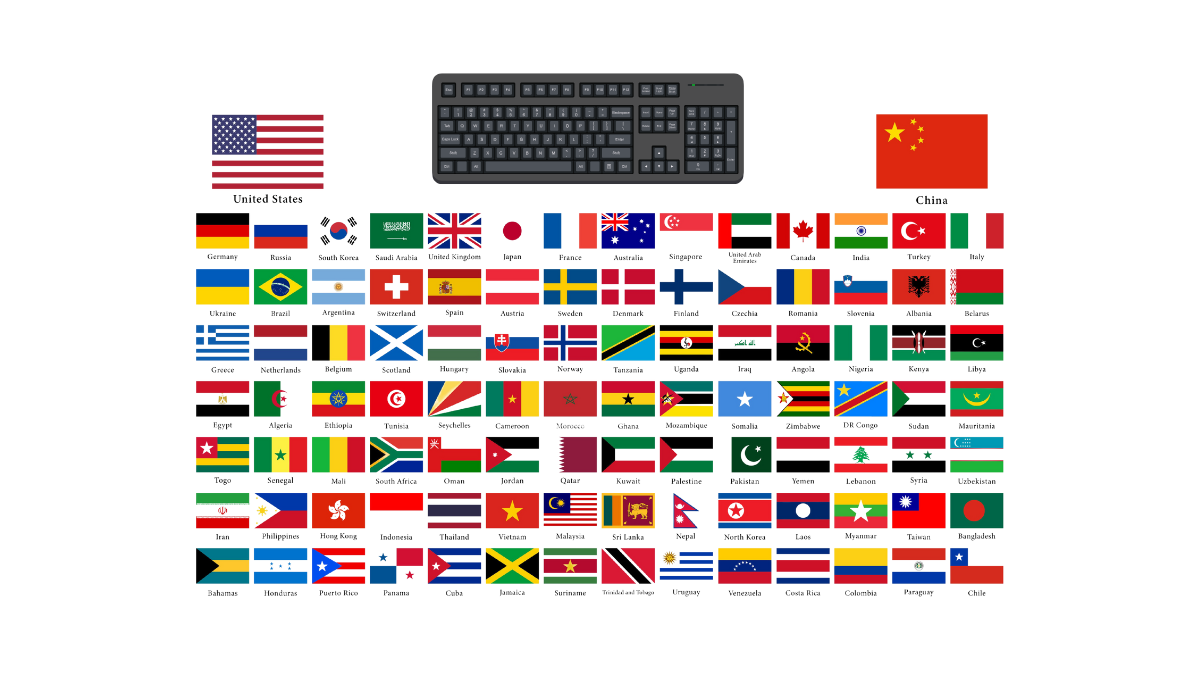
8. The Qwerty Layout Has a Rival: Dvorak
While Qwerty dominates, the Dvorak layout was introduced in the 1930s as a faster and more ergonomic alternative. Despite its advantages, Dvorak never gained widespread adoption. This is largely due to the Qwerty keyboard’s entrenched position in typing culture.
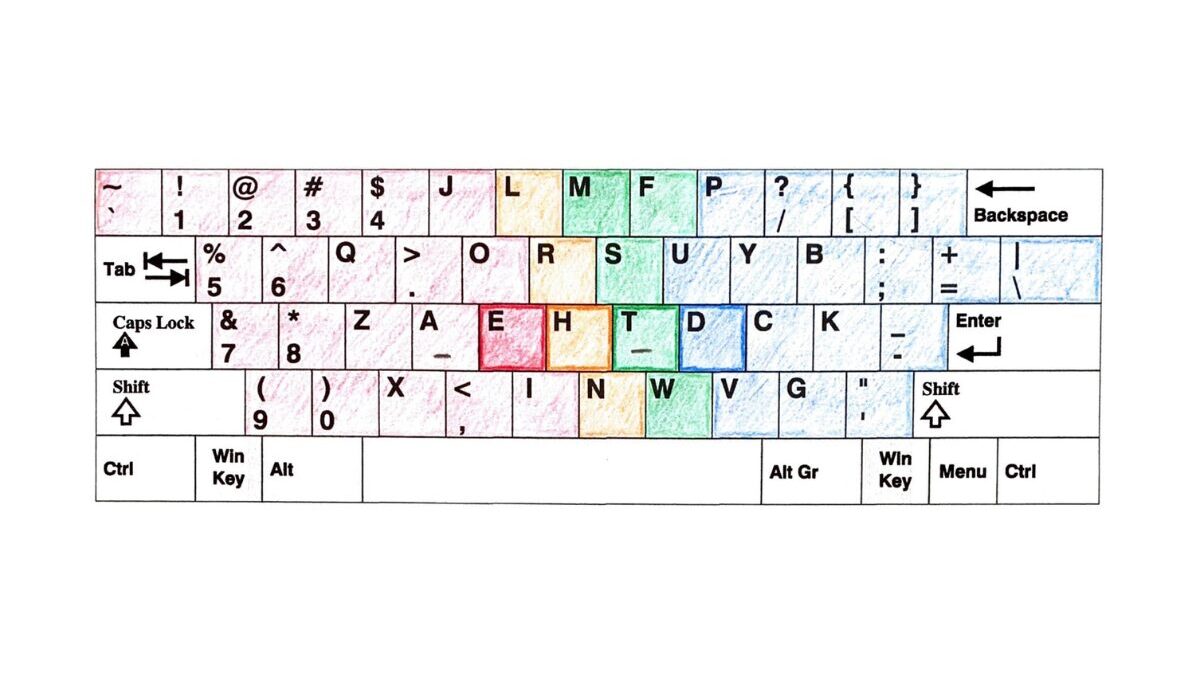
9. The First Computer to Use Qwerty Was the Teletype
The Qwerty keyboard made its digital debut with the Teletype machine in the 1960s. This device was used to send typed messages over long distances and laid the groundwork for modern computer keyboards.
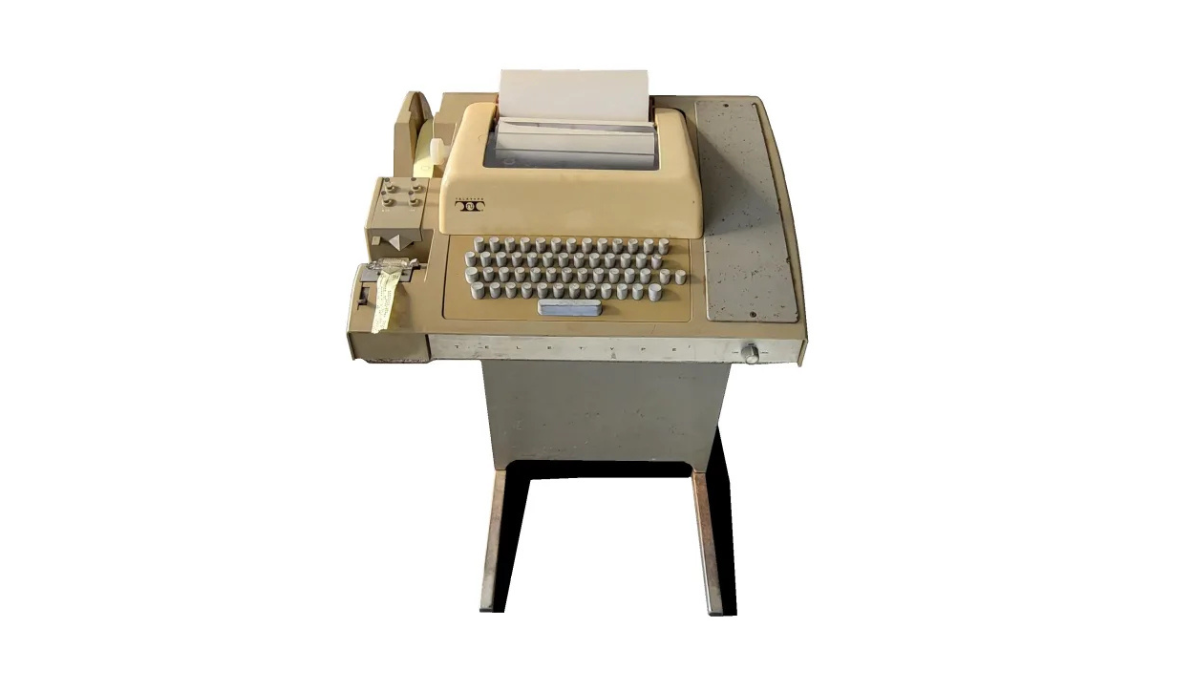
10. Qwerty Keyboards Are Still Evolving
Today, the Qwerty keyboard continues to evolve. From ergonomic designs to customizable mechanical, wired, or wireless keyboards, it remains a staple of modern technology. Furthermore, its adaptability ensures it will likely stay relevant for years to come.
Why the Qwerty Keyboard Still Matters
The Qwerty keyboard is more than just a tool; it’s a piece of history that has shaped how we communicate. Whether you’re typing an email, coding, or gaming, this iconic layout plays a vital role in our daily lives. Additionally, its enduring popularity proves that sometimes, the simplest solutions are the most effective.
Final Thoughts
The Qwerty keyboard is a fascinating invention with a rich history and some surprising quirks. From its origins in typewriters to its use in space, it has stood the test of time. Next time you type, take a moment to appreciate the clever design and enduring legacy of the Qwerty keyboard.


